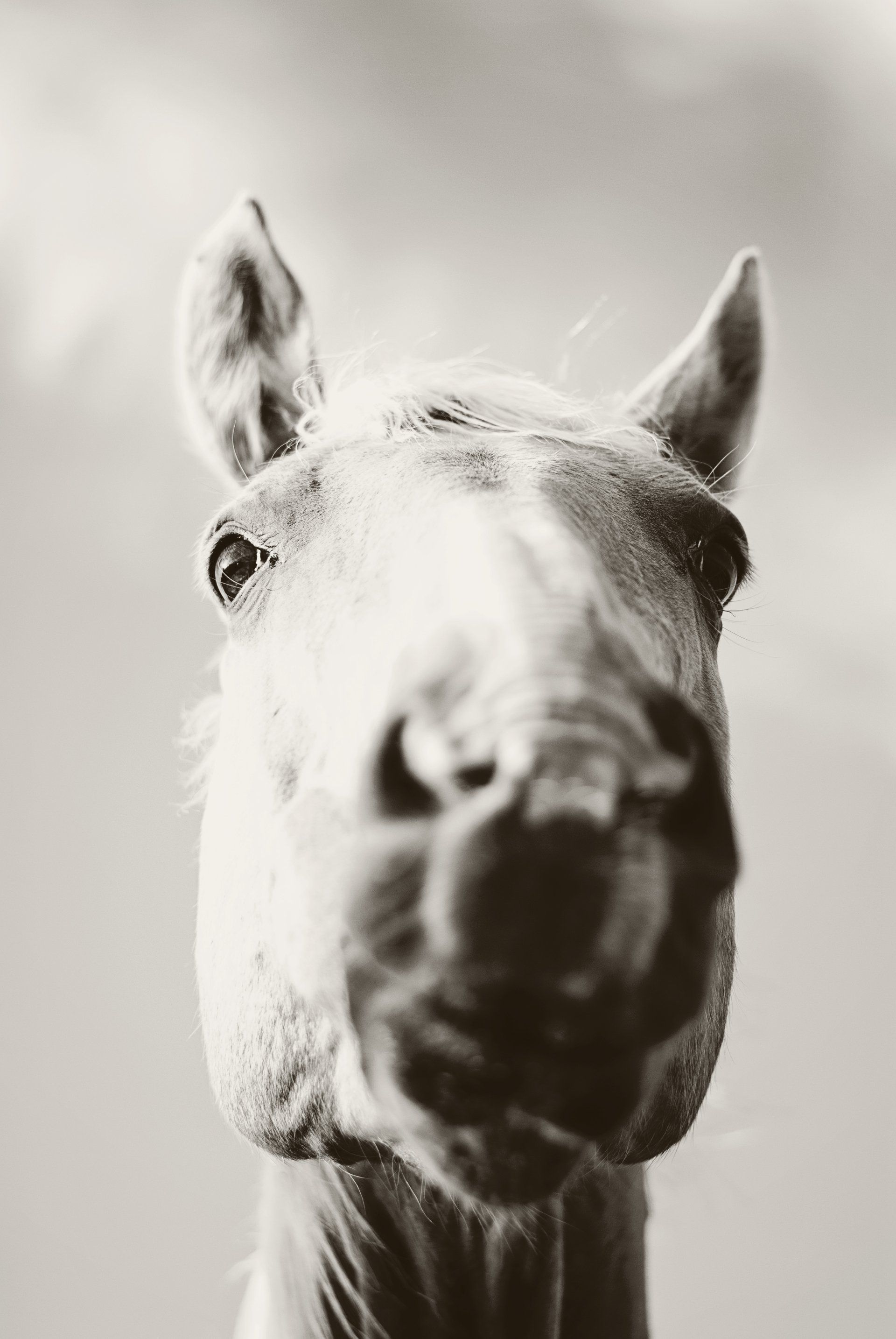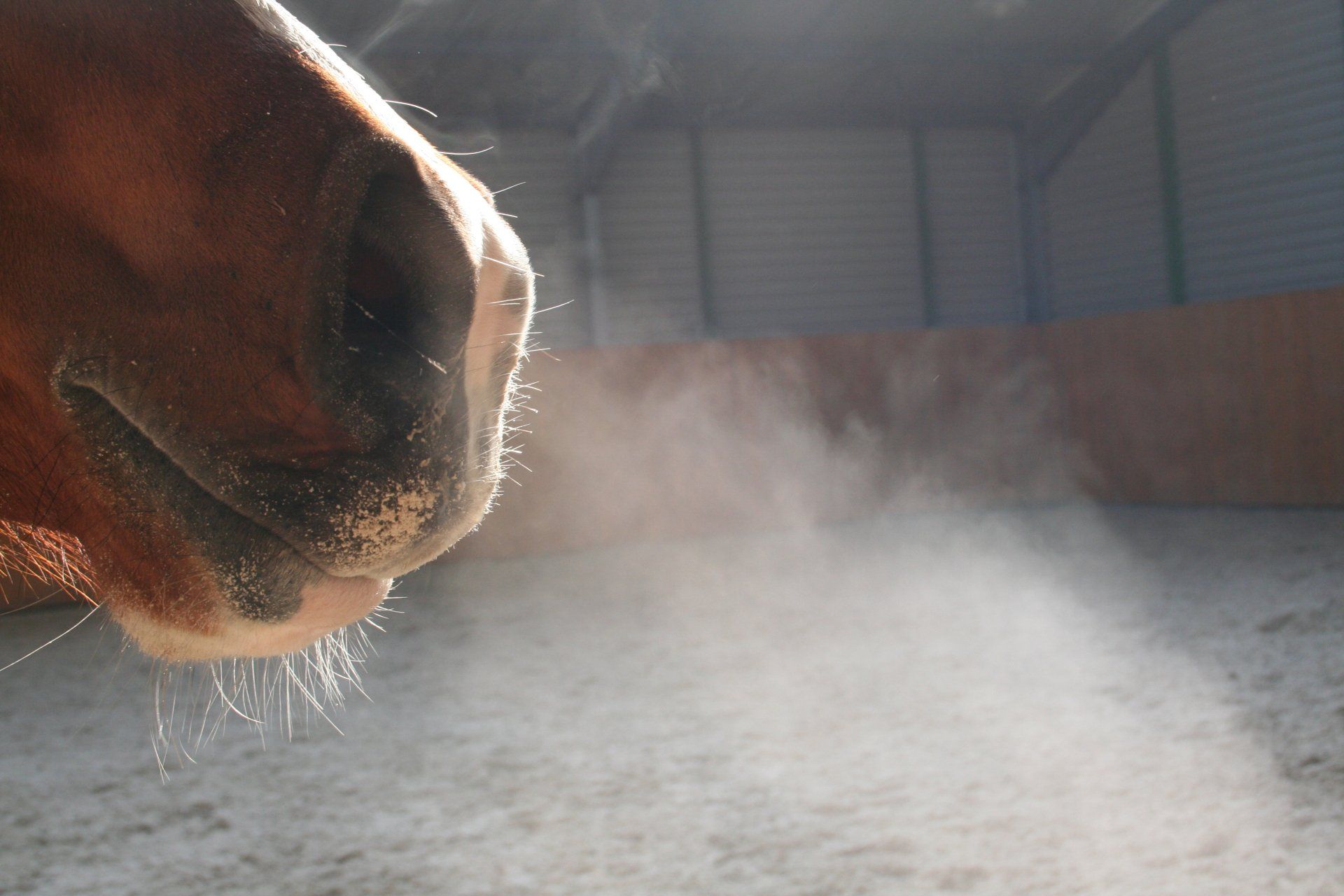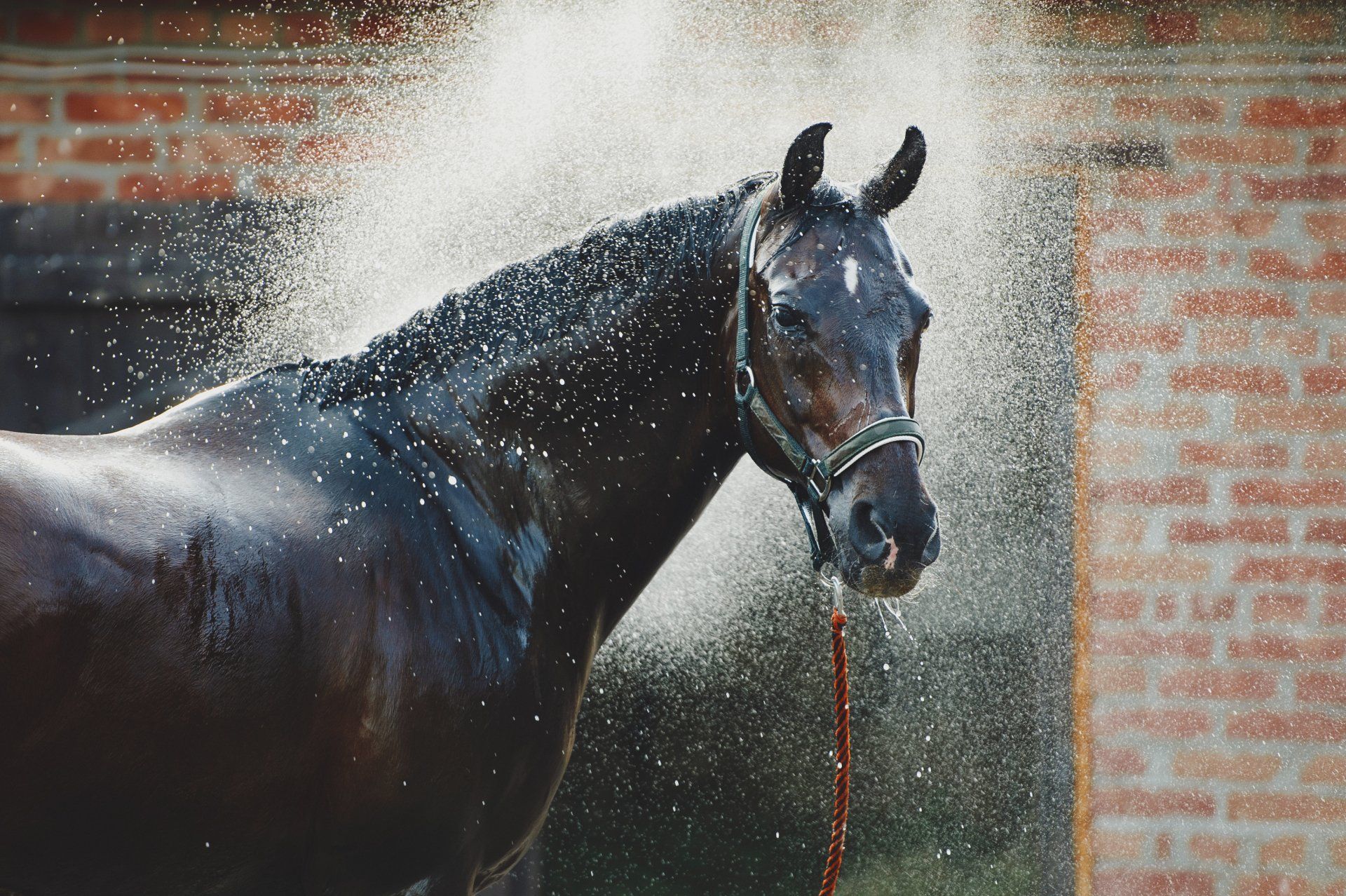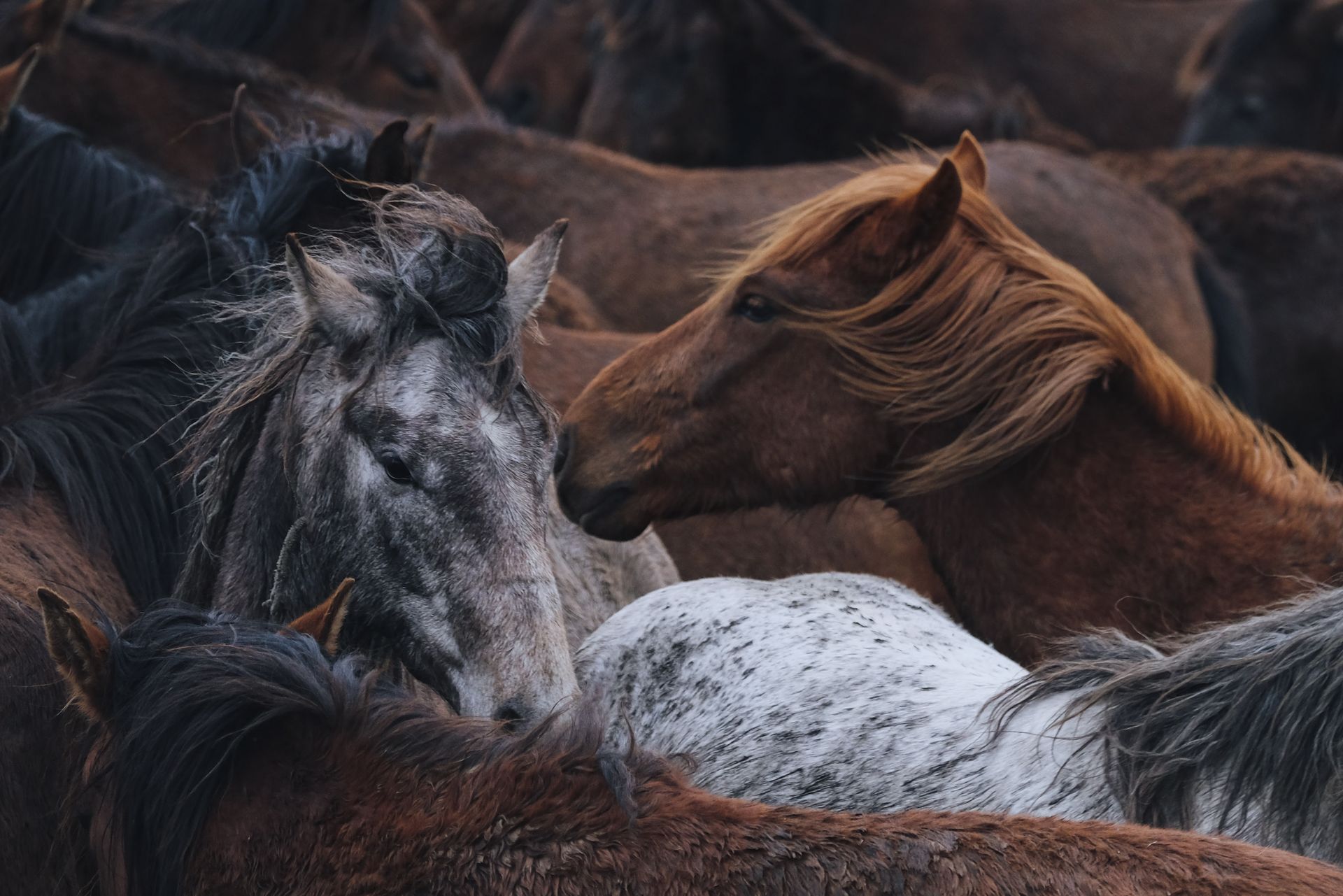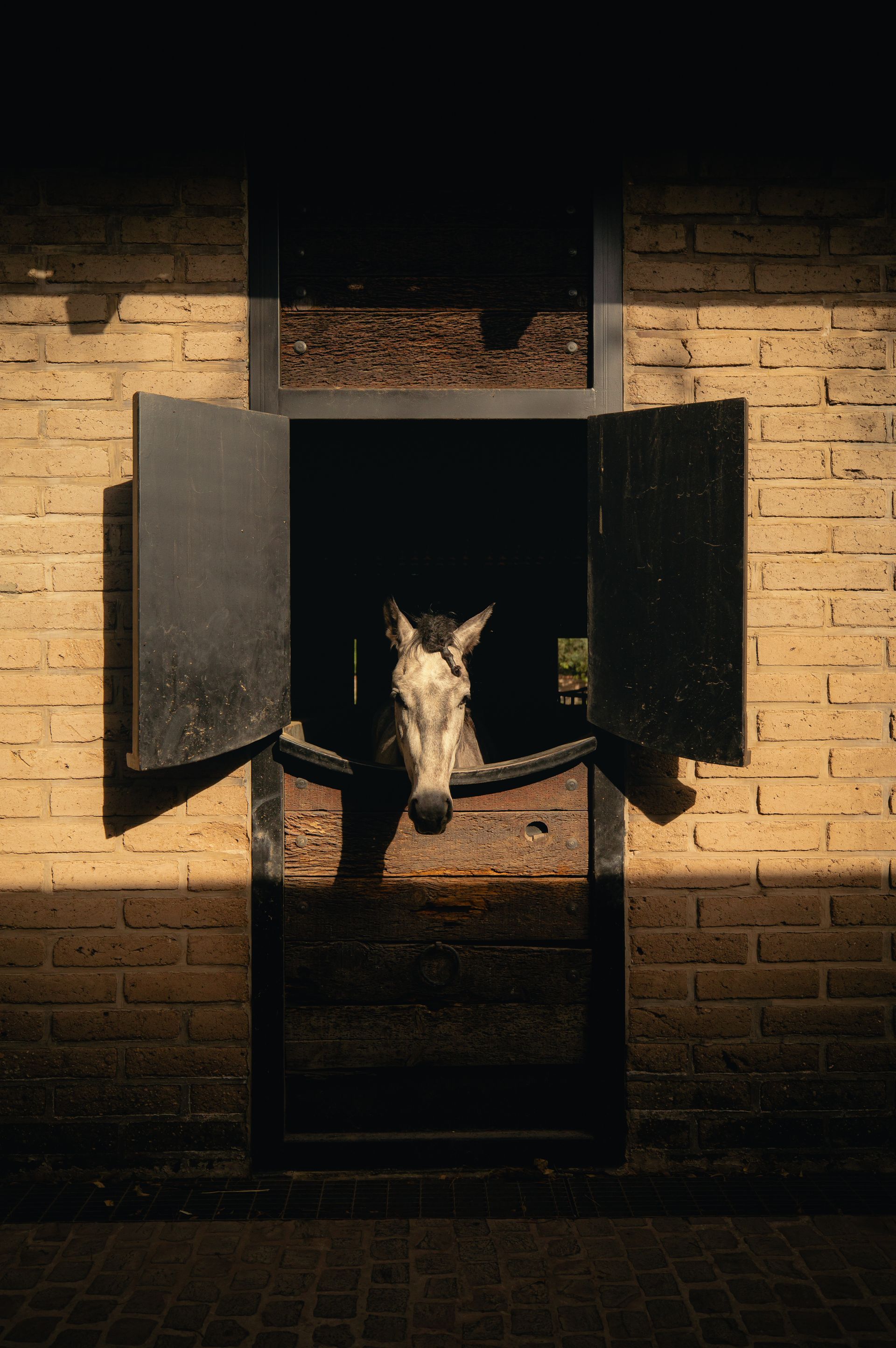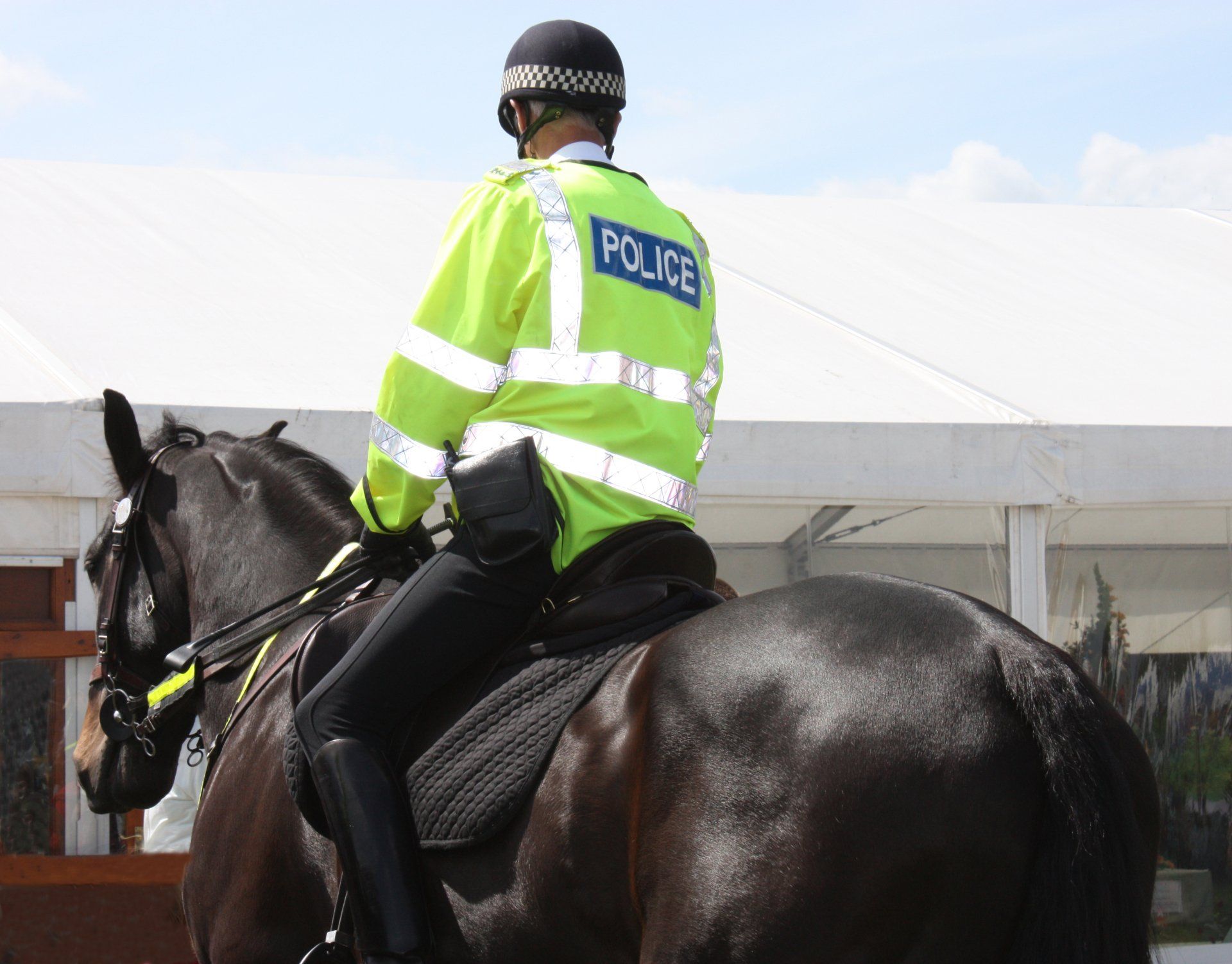Air Quality and Cooling for Equestrian Environments:
Equine Air Quality and Environmental Research

With the current trends for world temperatures to go up, controlling stables and other environments is becoming much more than a ‘nice to have’. It is critical. An enclosed space will almost always reach a much higher temperature than outdoors. Whether you are a horse or a human being, a few degrees can make all the difference between a comfortable and uncomfortable environment and one that could even make you ill.
- In the last three years the UK shade temperature has exceeded 25°C on an average of 80 or more days per year.
- At over 25°C horses have to work much harder to keep their body temperature down.
Add a dusty environment to the equation and you enter dangerous territory. Respiratory diseases thrive when people and horses are hot, dry and uncomfortable. As well as being a miserable experience for horse and owner, respiratory disease can be expensive, inconvenient and – in extreme cases – catastrophic for the those concerned.
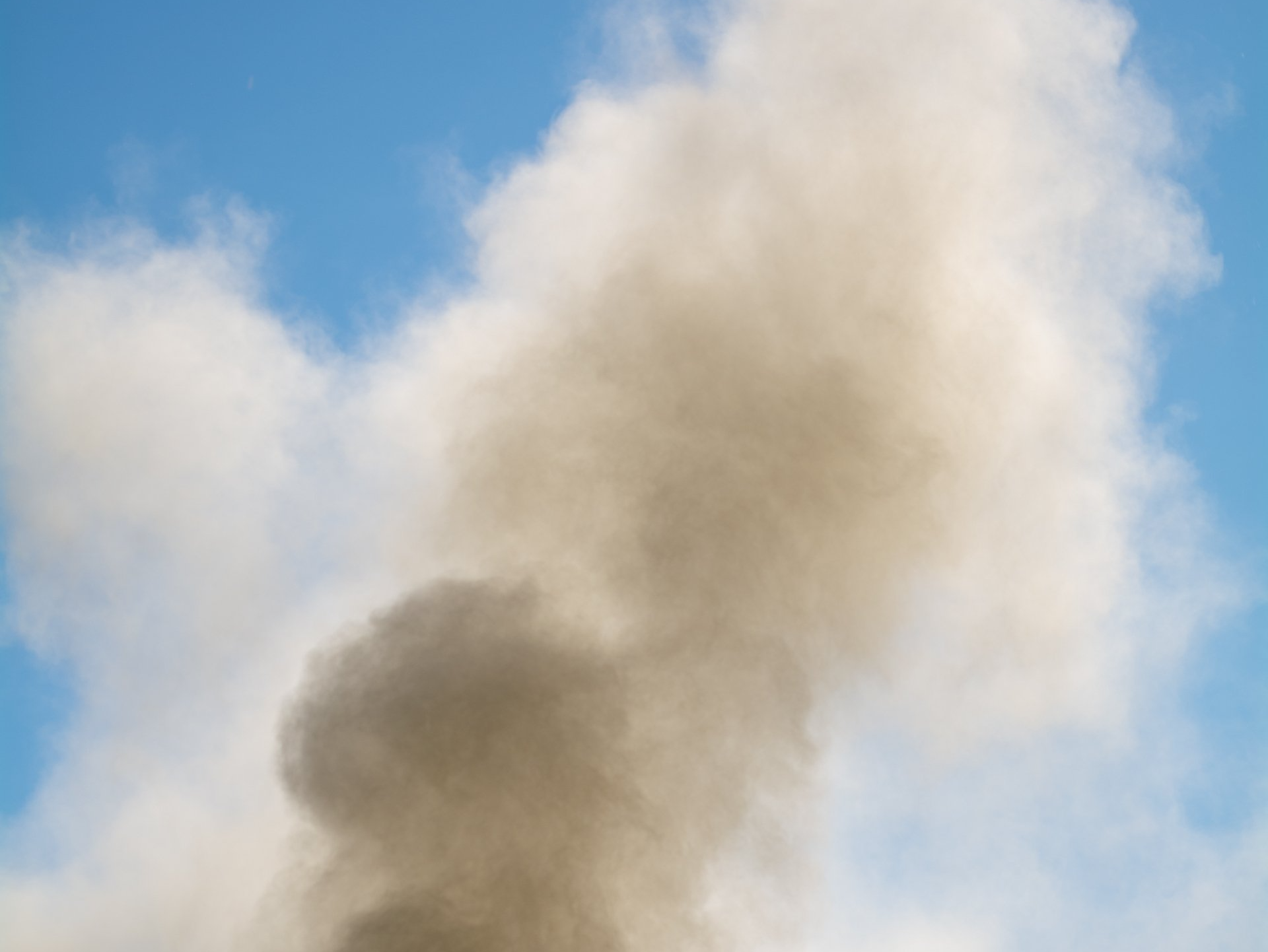
The air within animal buildings contains a broad range of organic dusts including microbial, plant, and animal sources. Both pathogenic and non-pathogenic bacteria, living or dead can exist within these environments, encompassed by high molecular weight allergens, bacterial endotoxins, pollen and plant fibres (Douwes et al, 2003). A study by Pomorska et al in 2007 notes Endotoxin to be prevalent in the air of animal buildings at a rate of respiratory harm to both animals and humans.
The air environment in stables in particular can be determined through the use of preferred horse feed, bedding and sanitary procedures. The overall respirable particle load in the shared stable airspace can be impacted by even small variations in bedding between boxes.
The portion of airborne dust that enters the lateral airways is referred to as respirable dust. The range of respirable dust concentrations in stables is 0.15 to 9.28mg/m3, with 0.23 mg/m3 being the highest recommended value. The spread of various infections and the incidence and severity of respiratory illnesses such chronic obstructive pulmonary disease (COPD) appear to be exacerbated by dust.

A horse typically excretes more than 8 litres of water each day solely from sweating. Humidity in an environment has a direct effect on the movement of active pathogens, mould, odour and condensation. Within this, micro-organisms such as ammonia can be present. The recommended number of air changes in horse stables in order to present the build-up of moisture, odours, ammonia is between 4 and 8 per hour (Horse Stable Ventilation, 2003).
Quite rightly, legislation for the health and safety of people and animals is now a high priority. Our evaporative cooling and air filtration systems makes sure you tick all the boxes.
